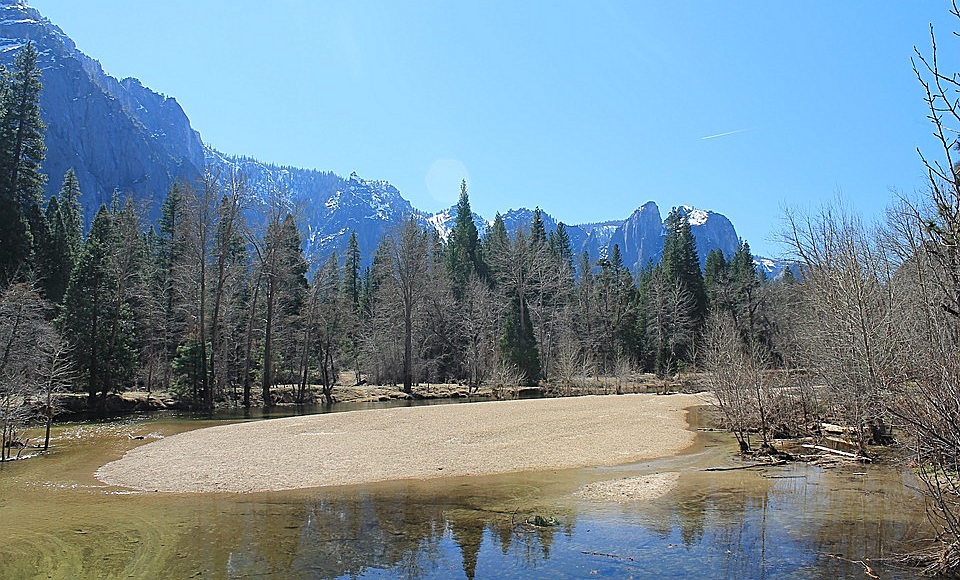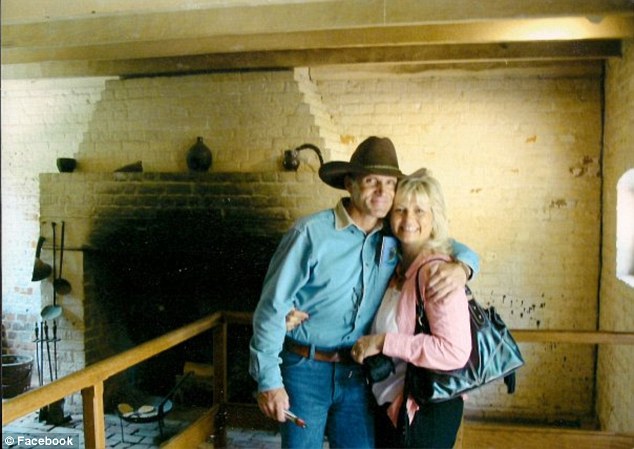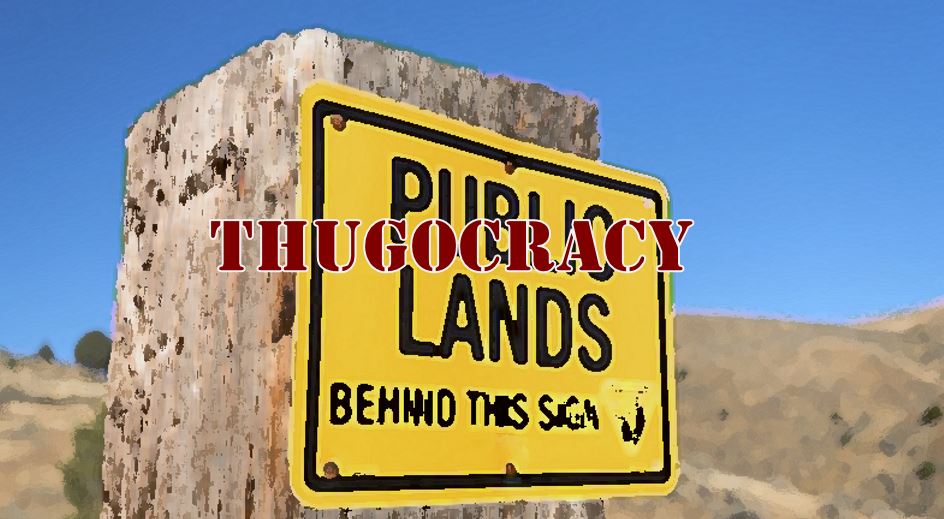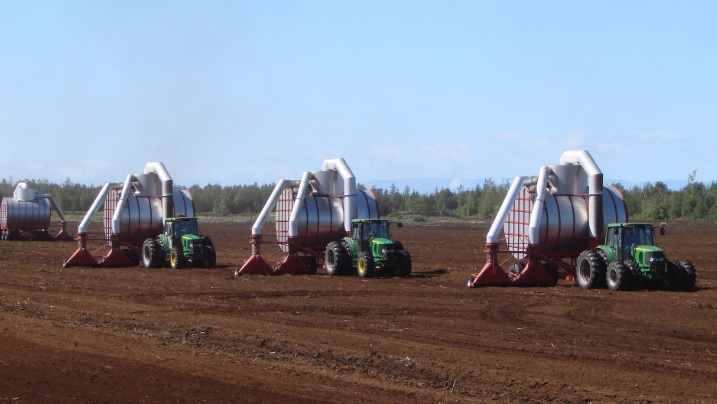Third, the Forest Service must engage at the local level on every issue. Everyone must have a voice in the decision-making. At the end of the day, we must all remember that we must do what is in the best interest of the American people.
by Sonny Perdue
Today’s challenges for the United States Department of Agriculture (USDA) are many, but the department is staffed by tens of thousands of dedicated civil servants who share a love of the land and for those who earn their livelihoods by providing the food, fiber and fuel needed at home and abroad. Key assets for this quality of life are this nation’s forests and grasslands.
Forests cover approximately one-third of the land in America. To manage this vast resource base, the Forest Service works with local governments and private entities to ensure the health and sustainability of our wood resources. As with any asset, however, those charged with that task must ensure that there is balance. Thus, it is time to review how the Forest Service is accomplishing its mission and to reassure the American people that there will be balance in how our forests are managed.
The ideal management of our public lands would be through shared stewardship, meaning federal agencies would communicate, collaborate and coordinate with state and local governments and with citizens on how best to manage our public lands. The Forest Service has fully embraced this approach. After all, who knows local conditions better than those who are involved at the local level? So, then, what will the Forest Service do in the future?
[wp_ad_camp_1]
First, it must reorient its culture to embrace a generational approach to responsible forest management. Trees take decades to grow to maturity. We must think about how the forests will provide cleaner water and air, more biofuels and more useful products for consumers. If we do not take the long view, we will never be able to preserve delicate ecosystems or prosper from the thousands of jobs that our forests could provide. We must treat our forests so that we are not spending more on fighting fires than we are on making sure that our forests are healthy.
Second, the Forest Service will work to establish interagency cooperation to ensure that procedural and regulatory barriers can be diminished or eliminated. The USDA must have interaction with the departments of Interior and Energy and agencies such as the EPA, the Council on Environmental Quality and the Corps of Engineers. Internally, we must find ways to make Good Neighbor Authority more than just a slogan so there is more flexibility to achieve true shared stewardship.
Third, the Forest Service must engage at the local level on every issue. Everyone must have a voice in the decision-making. At the end of the day, we must all remember that we must do what is in the best interest of the American people.
Finally, we must never lose sight of the fact that if we take care of the land, the land will take care of us. We have world-renowned scientists and researchers engaged at the USDA, and only the best science and data will inform our decisions.
This summer consider including a visit to the nearest national forest. These wonderful areas belong to the American people, and the Forest Service is on the job to keep these wonderful resources healthy and resilient for generations to come.
Sonny Perdue is the U.S. secretary of agriculture.



